On July 19th, the Meizu MX6 was officially released. The entire conference including new products was just as plain as Fan Shu's song “Ordinary Roadâ€. Only the camera became the biggest highlight.
Meizu MX6 is the first mobile phone equipped with Sony's latest custom IMX386 sensor components, in fact, Huawei P9 IMX286 upgrade. The camera is 12 million pixels, single pixel 1.25μm, 6P custom lens, f/2.0 large aperture, PDAF phase focus, it is said that in the camera performance has been greatly improved, Meizu president Bai Yongxiang called the MX6 in some cases the camera speed exceeds Samsung S7 Edge.
Little partners may be overwhelmed when they listen to vendors' marketing tactics of various technical terms. What are the ghosts of those 6P custom lenses, 1.25μm, etc? Is the IMX386 so powerful? Here's how to read it.

What is the ghost of the first-generation Sony IMX386 CMOS?
"IMX XXX" is a model series of Sony's photosensitive element (CMOS). Previously, IMX220/230/240 and other products were introduced. Many mobile phone manufacturers use the Sony IMX series of CMOS, such as: music as Max, Huawei P9, glory 7, and so on. Meizu MX4, MX5 previously used the IMX220 series of CMOS, Meizu also said it is the world's largest use of IMX220/230 manufacturers, the MX6 is equipped with Sony's latest custom IMX386 CMOS. IMX386 is Sony's IMX286-based custom CMOS, can be understood as an upgraded version of IMX286.
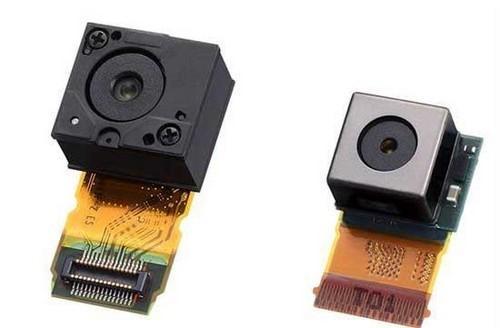
Coincidentally, the IMX 286 is exactly the CMOS that Huawei is using on the P9. Now it is possible to understand the meaning of a microblog posted by Li Nan. Bai Yongxiang is even more sarcasm at the Meizu MX6 conference: "Good products do not require other LOGO endorsements". Pointing directly to cooperation between Huawei and Leica.
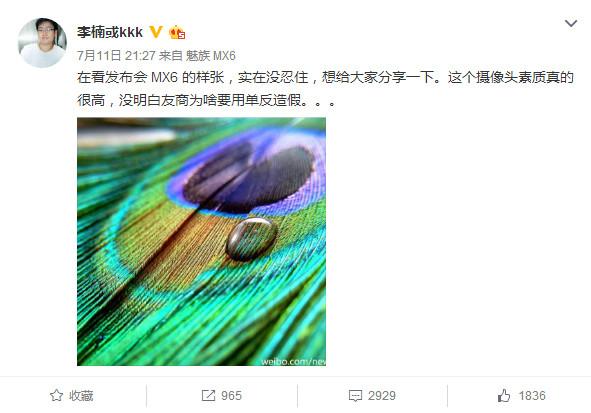
From the basic parameters, the two CMOS are actually not much different, the same as 12 million pixels, a single pixel area: 1.25μm1.25μm, but Huawei P9 uses a dual camera design, the use of color sensors (IMX 286) to record color, The black-and-white sensor (IMX MONO) records luminance information to compose photographs. The details are better and the gameplay is more interesting.

(Huawei P9, the picture is from Huawei's official website)
There is no more information on IMX386, this upgrade is likely to do a lot of optimization algorithms. It can be determined that its lens optical quality has greatly improved, Huawei P9 main camera aperture f/2.2 (subf/2.4), while the MX6 is f/2.0, also equipped with the PDAF phase focus technology It can be seen that IMX386 still has a lot of upgrades compared to IMX286.
Why does the camera drop from 2000W pixels to 1200W?
The PRO 6 uses 21,160,000 pixel cameras, while the MX4 and MX5 use 20.7 million pixel cameras, while the MX6's camera pixels drop instead. Before the new product was issued, according to the kerosene discussions, it may be because the MX6 will be equipped with optical image stabilization technology, so 20 million will be reduced to 12 million, because 20 million pixels cannot afford... However, the MX6 is not used. Optical image stabilization technology.
Fortunately, 12 million pixels does not mean that the final imaging effect is worse than 20 million pixels, because the image quality is determined not only by pixels, but also the optical performance of the lens, CMOS area, image processor level, and so on.
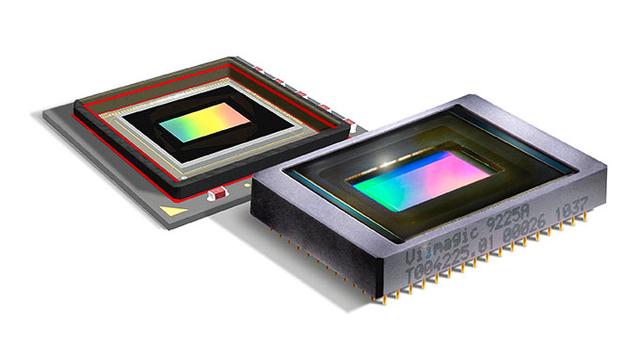
With the same sensor area, if the pixel is raised, the area of ​​a single pixel will be reduced. In actual photographing, the capture of light will be weakened and the overall color performance is not rich enough, especially the night shooting ability will be greatly reduced.
For example, in the IMX220 CMOS used on the MX5, although the pixel size reaches 20.7 million, the single pixel area is only 1.2μm, while the MX6 uses an IMX386 with a single pixel area of ​​1.25μm, which is better than the MX5 in the final imaging color and brightness.
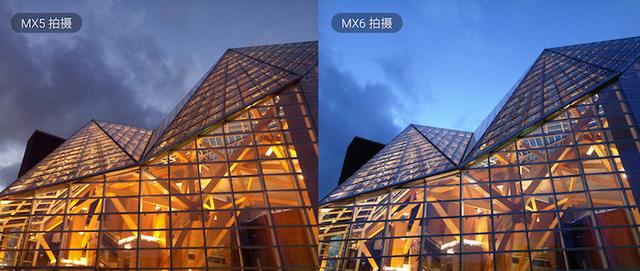
At the same time high pixels will also lead to an increase in photo files (memory), affecting the transmission speed, but also indirectly affect the speed of the camera, we can see that MX6 with PDAF phase focus technology, in the camera speed has improved a lot, but low pixels for amplification After the details of the reservation will not be rich in high pixels.
Does the PDAF phase focus really improve the speed of the photo?
Meizu said at the press conference that the MX6 equipped with PDAF phase focusing technology and optimized many algorithms. The fastest focusing speed can reach 0.2 seconds, and the fastest camera speed can reach 319 milliseconds. What is the ghost of this PDAF phase focusing? ?
PDAF (Phase Detection Auto Focus) is actually the abbreviation of "phasing focus (phasing detection auto focus)". Manufacturers deliberately add an English prefix may be just to appear taller, or flicker white, but there are written expressions like to use " PDAF phase focus "this full name.
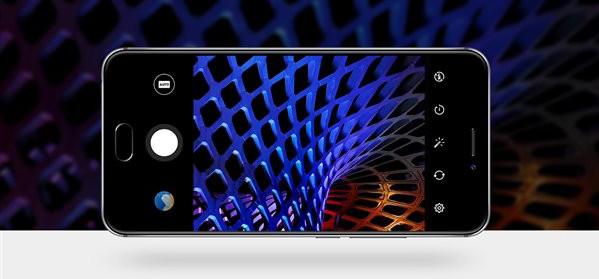
There are many kinds of focusing technology, such as: phase detection, contrast focus, laser focus, infrared focus, etc., phase focus technology is very mature in the field of digital cameras, the earliest use of mobile phones can be traced back to Samsung Galaxy S5, there are many Mobile phones use this technology, such as Meizu's own MX5, but also OPPO R7, Samsung Galaxy S6 edge, and even Apple's original Focus Pixel focusing technology is also phase detection, Meizu PRO 6 is used in laser focusing technology.
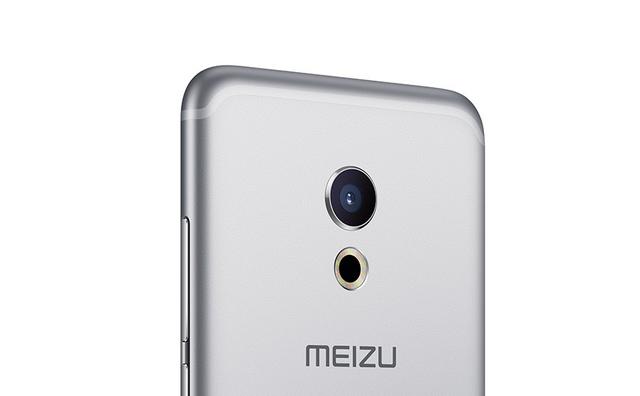
The general contrast focus is to determine the focus point according to the change of the contrast of the focus point of the screen, looking for the lens position when the contrast is maximum, and the phase focus is to reserve some shadow pixels on the photosensitive element, specifically for phase detection, through the pixel The distance and variation between them determine the focus offset value to achieve accurate focus.
Compared to contrast focus, phase focus can effectively reduce the processor load and lens "workload", so the focus speed will be greatly improved. The lack of phase focusing technology is difficult to focus in the dark light environment, which may be one of the reasons why Meizu reduced the camera pixels and increased the aperture to f/2.0.
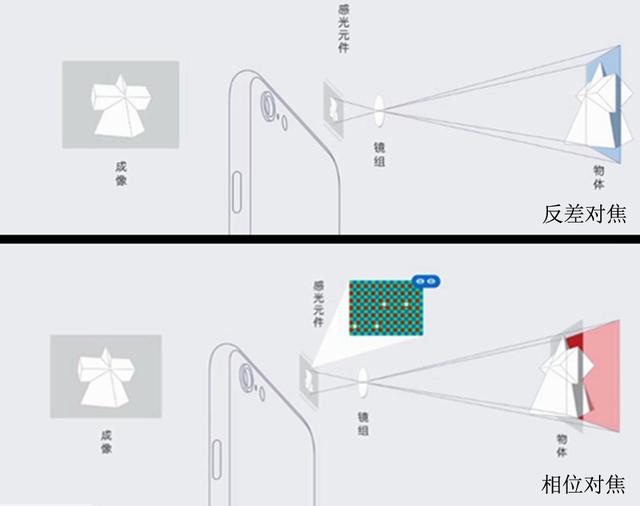
(Image courtesy of Zhongguancun Online)
Meizu in the pursuit of instant imaging experience, there is a sentence at the conference: "In some scenes even faster than the S7 edge photo," need to pay attention to "some scenes" and "photographing speed" two words, It can be seen that the Meizu is quite kind, because it only says the imaging speed, not the image quality, and emphasizes certain scenes.
Samsung S7 edge uses a more advanced Dual Pixel dual-core fast focus technology, the overall focus speed will be faster than the phase focus technology, as Meizu said "some kind of scene", really want to find two mobile phones before comparison know.
What is the ghost of 6P lens? How to improve picture quality and reduce glare?
At the press conference, Meizu said that the MX6's camera uses a 6P lens design to improve the quality while reducing glare. The “lens†here refers to the lens group at the front end of the camera sensor. The main role of these lenses is to filter out some stray light ( Infrared, glare, etc., also have a zoom effect, mainly reflected in the SLR camera.
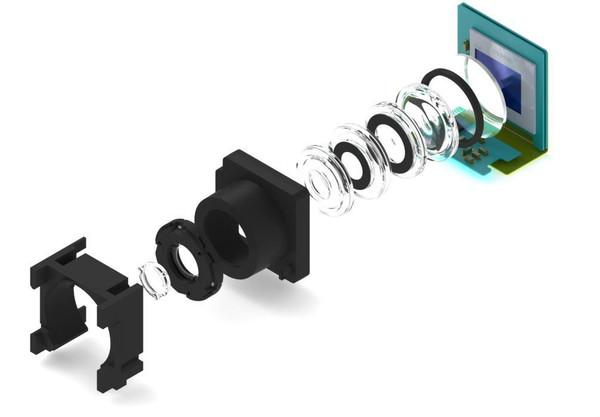
In theory, the more lens pieces, the more realistic the imaging. In general, there will be a variety of coatings on the lens. These coatings can filter out stray light that cannot be seen by the human eye but can be captured by the sensor. It can also increase the throughput of normal light, and provide a more realistic image quality, as well as concentrated light. The ability to improve photo resolution and contrast.
The 6P lens is a lens composed of 6 lenses, which can make up for some shortcomings of the 5P or 4P1G lens. Although blue glass can improve glare, the glare is caused by the dispersion and reflection of light between the lenses. The structure design of the 6P lens will have more margin to correct, so as to reduce the glare effect.
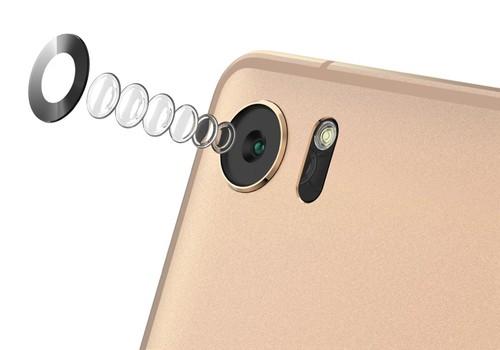
Many mobile phones are equipped with this 6P lens, such as: nubia Z9, LeTV, Huawei Glory 6 Plus, etc. However, taking into account the cost of most of the current mobile phones are used plastic lenses, relatively speaking there is no glass lens imaging quality it is good.

(MX6 official shooting proofs)
The more lenses are the better, the more lenses will cause the refractive index of the light to increase. In simple terms, it will cause loss of light and affect the brightness of the image. At the same time, an increase in the number of lenses will cause the camera to become thicker, which becomes a constraint for mobile phones that are pursuing thin and light designs.
f/2.0 aperture: to improve the amount of light to a certain extent, better bokeh
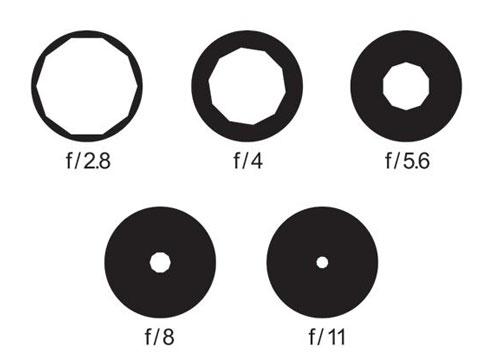
Aperture is used to control the amount of light through the lens, the aperture size with f value, we see in the parameters of the phone or camera f/2.0, f/2.2, f/2.4, etc. is to indicate the size of the aperture.
Aperture F value = 1/f = lens focal length / lens aperture diameter, simply the smaller the value, the larger the aperture, in the actual performance, if the aperture is larger, the amount of light will increase, the screen will be brighter , low-light imaging better, reducing noise, and background blur effect will be better.
The aperture of the MX6 is f/2.0, the f/2.2 aperture of the PRO 6 and MX5, and the imaging performance will be better. However, due to sensor area, lens design, etc., f/2.0 on the phone and f/2.0 on the SLR cannot be compared.
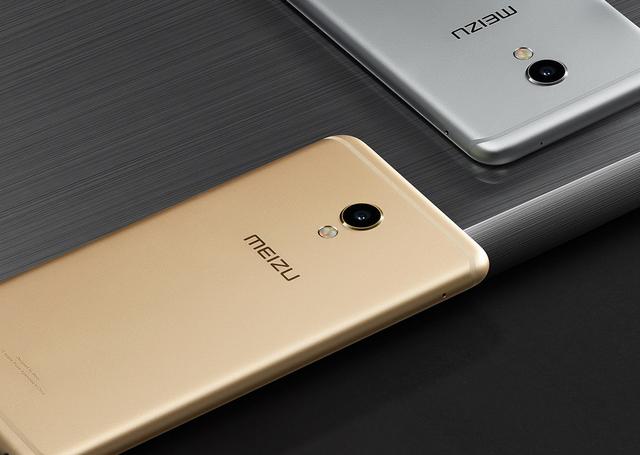
Taken together, this first shot on the Meizu MX6 has indeed been upgraded a lot, but it is not the strongest in the industry, especially with the dual camera ratio, and there is no doubt that its follow-up will be used by major manufacturers. Or the two old sayings, manufacturers look like proofs, the key is to look at their own camera technology.